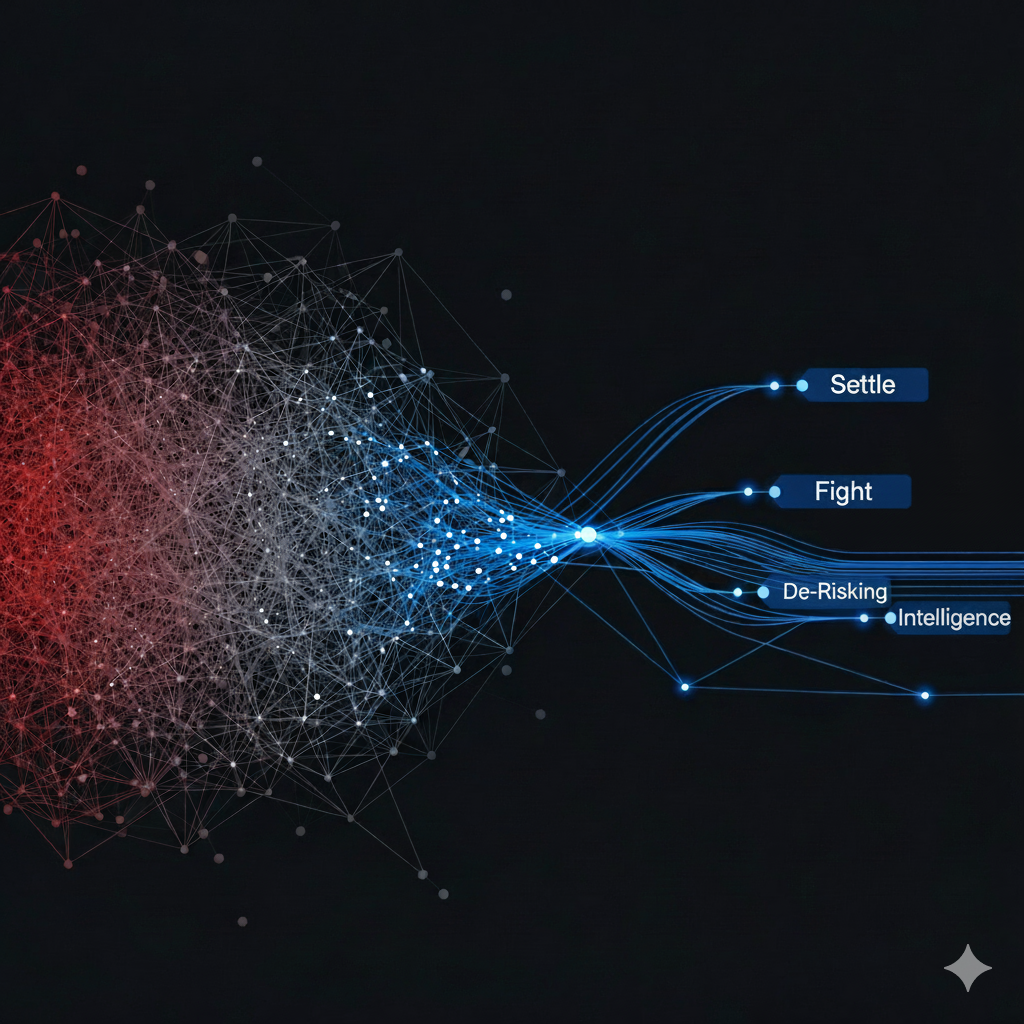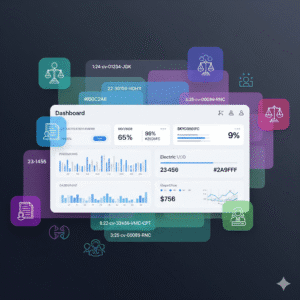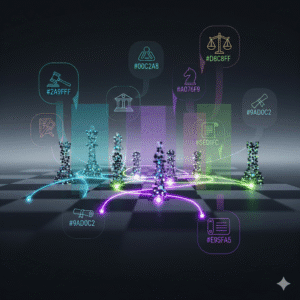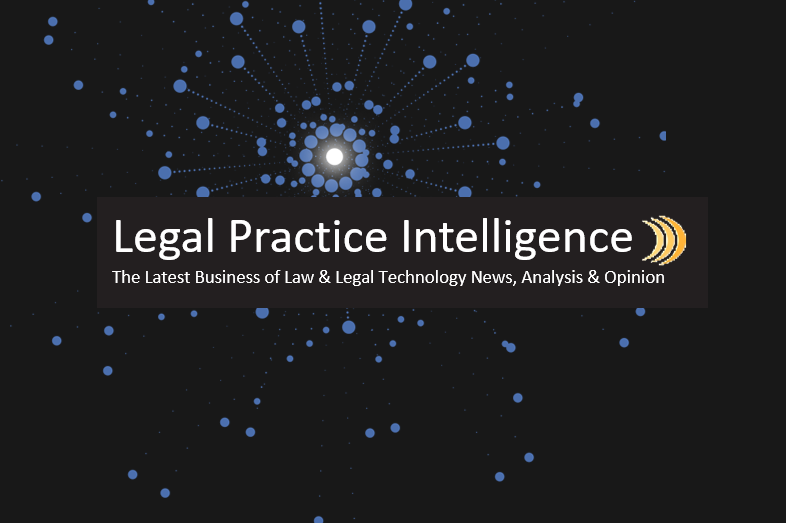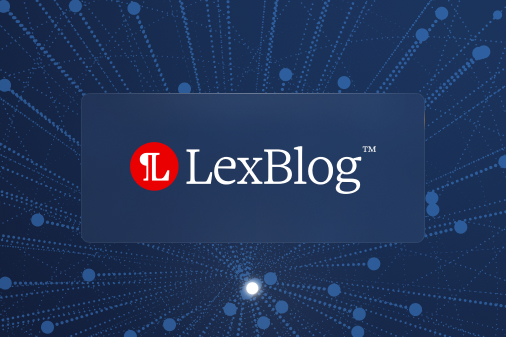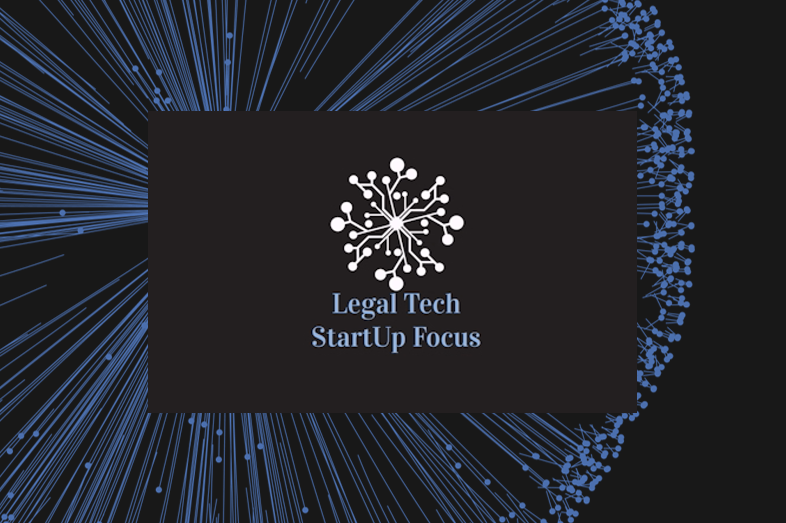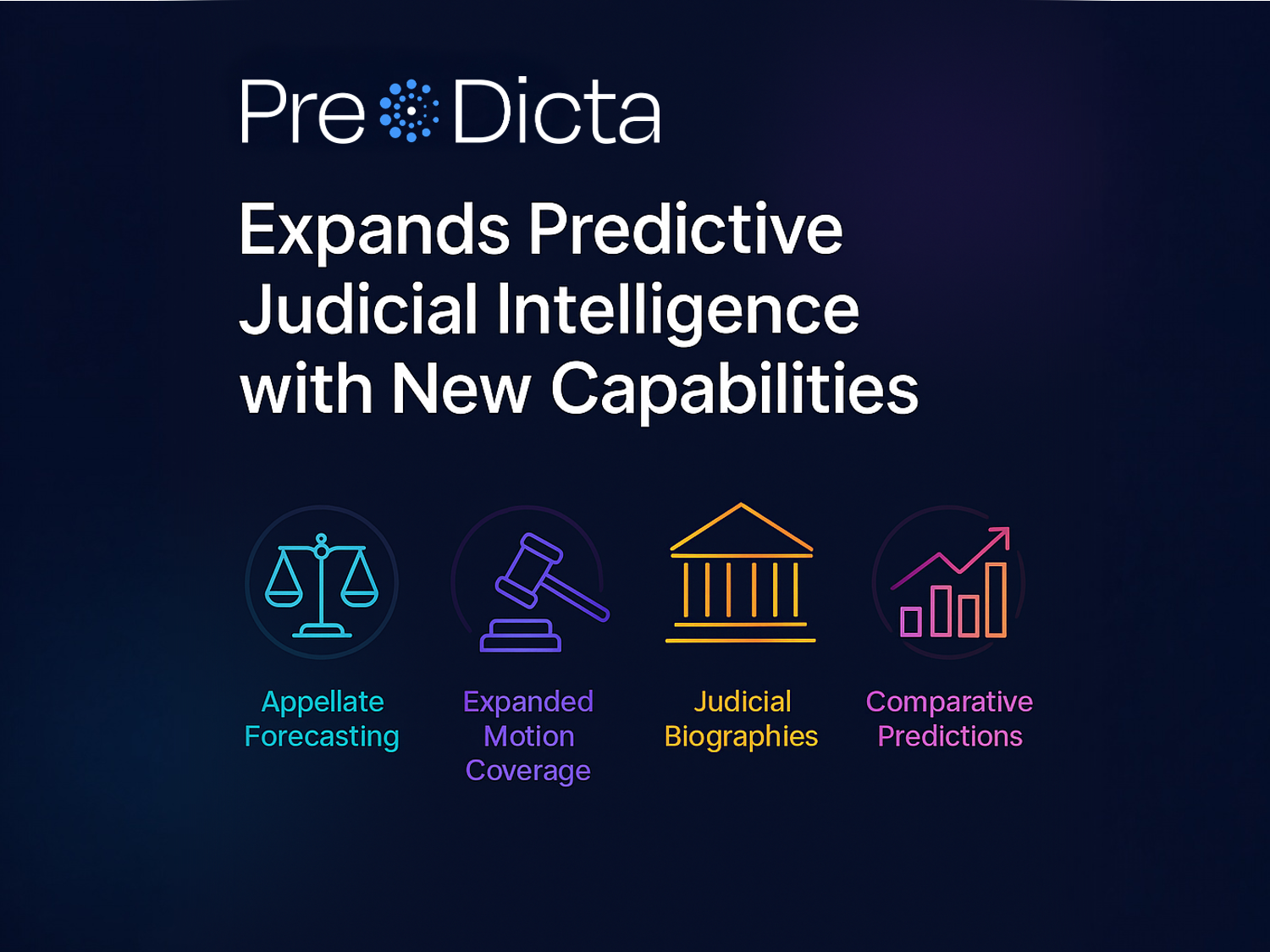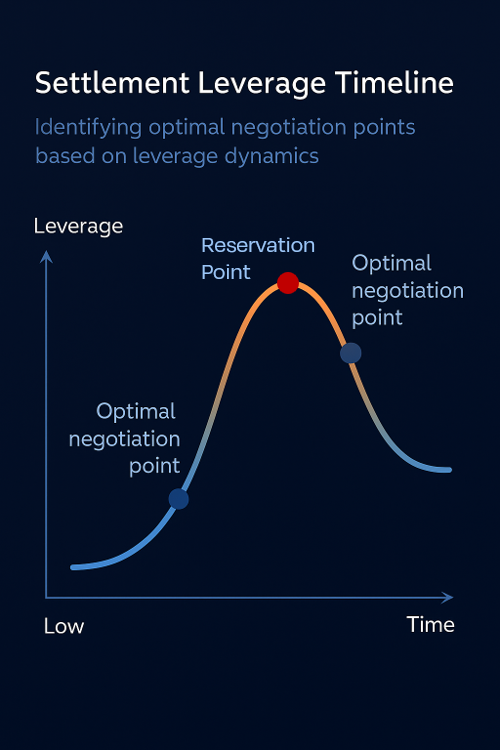The practice of law has always turned on judgment, how we read precedent, weigh risk, and persuade decision-makers. Experience and intuition remain indispensable. But a new instrument now sharpens that judgment: machine learning. Rather than functioning as a better search box, ML ingests decades of decisions, dockets, and party dynamics to surface patterns too subtle and multidimensional for unaided analysis. Think of it as an always-alert adjunct to counsel, tireless, probabilistic, and brutally consistent.
Key Takeaways: Machine Learning in Legal Practice
-
- AI-powered judicial intelligence platforms can forecast litigation outcomes with up to 85% accuracy.
-
- Models trained on 25+ years of federal case data detect patterns traditional methods often miss.
-
- Behavioral analytics illuminate how judicial biography and career history correlate with outcomes.
-
- Case-specific modeling tailors forecasts to the unique configuration of parties, firms, and case types.
-
- A six-layer prediction stack provides complementary perspectives for comprehensive forecasting.
-
- Strategic implementation reshapes litigation planning, resource allocation, and client communication.
-
- Firms deploying ML report materially tighter budget accuracy and more disciplined resource allocation.
-
- Advanced systems forecast motion outcomes with confidence intervals, improving scenario planning.
-
- Best results come from pairing algorithmic insights with experienced attorney review.
-
- What’s next: appellate forecasting and deeper, native integration across firm workflows.
Introduction: The Evolution of Legal Decision-Making
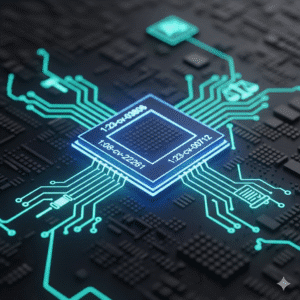
Law is moving from memory-driven craft to evidence-enhanced discipline. Integrating machine le
arning doesn’t replace the lawyer’s art; it augments it with empirical precision. Instead of relying solely on recalled precedent and narrow slices of experience, attorneys can reference the aggregated signal of millions of outcomes and judicial tendencies. The effect is practical: clearer strategy, tighter timelines, and client guidance groun
ded in probability rather than optimism. Firms that adopt ML don’t merely react to the legal environment, they anticipate it, reallocating resources and shaping arguments with actuarial clarity.
Adding ML to the firm is therefore not a “tool drop.” It is an operating upgrade. Law firms that implement thoughtfully gain an edge: decisions informed by longitudinal data on judges, venues, motions, and case profiles. The result is a disciplined blend of human judgment and computational inference, strategy informed by decades of signals rather than a handful of recollections.
Understanding Machine Learning in the Legal Context
Legal ML is not keyword search with marketing polish. It is pattern discovery at scale. Modern platforms apply neural networks, advanced statistical learning, and natural language techniques to unstructured filings and orders, revealing how specific fact patterns interact with specific judges and procedural postures. The output is not trivia; it’s signal, probabilities, timelines, and comparative baselines that inform what to file, where, and when.

Three pillars carry most of the weight. First, behavioral analytics: models that correlate judicial biography, education, career path, appointment timing, professional history, with outcome tendencies. Second, case-specific modeling: configurations of parties, firms, issues, and posture that generate forecasts tailored to the matter at hand. Third, historical pattern recognition: longitudinal analysis across decades of federal data that captures how biography and case factors interact. Together, these pillars deliver a multidimensional read of legal, procedural, and human influences on results.
Where traditional tools resolve around citations and text adjacency, advanced analytics platforms analyze underlying dynamics: judge, venue, motion, and party configuration. The delta is actionability. Instead of generic “similar cases,” counsel receives context-aware forecasts and timelines aligned to the actual decision-maker and procedural posture.
The Multi-Layered Prediction Hierarchy
High-caliber legal ML uses a layered framework so no single lens overdetermines strategy. Each layer contributes a distinct vantage point, and the synthesis is what practitioners rely on.
 Layer 1 , Case-Specific Forecast: The most precise signal: assigned judge + parties + firms + case type + posture. This is the matter-level probability.
Layer 1 , Case-Specific Forecast: The most precise signal: assigned judge + parties + firms + case type + posture. This is the matter-level probability.
Layer 2 , Judge-Specific History: The assigned judge’s track record in analogous motions. Sample sizes may be lean, but the relevance is direct.
Layer 3 , Biographical Peer Analysis: Outcomes from judges with materially similar backgrounds to the assigned judge, clarifying how biography correlates with doctrinal choices in like cases.
Layer 4 , Circuit Framework: The interpretive stance and precedent environment shaping outcomes in the governing circuit.
Layer 5 , Isolated Biographical Characteristics: Attribute-level modeling (e.g., years on bench, prior practice domain) while holding case complexity constant to illuminate specific correlations.
Layer 6 , Comparative Judicial Statistics: Macro baselines for the judge, district, circuit, and federal system, useful guardrails independent of matter configuration.
When combined, these layers create a coherent picture: what is likely to happen, why that likelihood exists, and where counsel has room to maneuver.
Key Machine Learning Workflow Components for Legal Applications
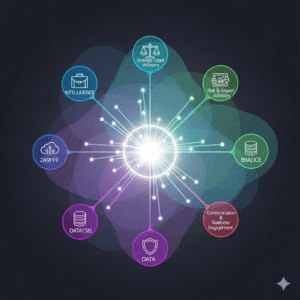
Winning with ML requires embedding it where lawyers make decisions, not just where analysts run reports. The following components represent the highest-leverage insertion points across the litigation lifecycle.
Judicial Intelligence & Case Analysis. Modern platforms fuse judge biography, prior rulings, party mix, and posture into a live case profile. Counsel can see predicted motion outcomes with confidence ranges, likely timelines by phase, and the behavioral drivers that most influence the path of the matter. This is strategy fuel: anticipate, sequence, and message with evidence.
Enterprise automation solutions should then route these insights into the systems partners already live in, matter management, budgeting, calendaring, so the right signal appears at the moment of choice.
Counsel Performance Evaluation
ML enables objective readouts of firm performance across motions, venues, and matter types. With predictive analytics tools, clients and in-house teams can compare outside counsel on win rates, case composition, and pattern fit for specific judges and venues. Selection shifts from reputation and anecdotes to measurable fit, timeline discipline, and outcome probability.
The result is a more rational panel: the right firm for the right motion before the right judge, backed by data rather than lore.
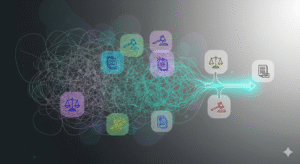
Case Study: Optimizing Counsel Selection
![]() A retail company defending a consumer fraud class action used ML to compare defense options. The analysis indicated Firm A had a materially higher probability of defeating class certification and historically resolved similar matters ~110 days faster than Firm B. The board selected Firm A to control exposure and cycle time, an evidence-based decision that aligned legal and business priorities.
A retail company defending a consumer fraud class action used ML to compare defense options. The analysis indicated Firm A had a materially higher probability of defeating class certification and historically resolved similar matters ~110 days faster than Firm B. The board selected Firm A to control exposure and cycle time, an evidence-based decision that aligned legal and business priorities.
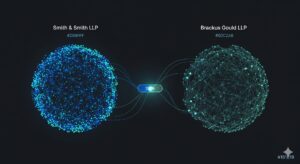
Venue Strategy Optimization
Integrated workflows make venue analysis comparative and concrete. Teams can examine historical outcomes by jurisdiction, identify courts where specific arguments are more effective, and quantify the expected impact of transfer. With this capability, the venue becomes a business decision: file, remove, or transfer with a quantified rationale rather than a hunch.
The application of best practice Data Science principles helps institutionalize this rigor, codifying venue heuristics, stress-testing assumptions, and integrating dashboards so that strategy is repeatable across matters.
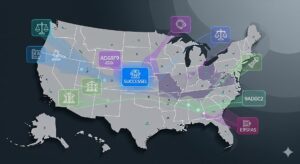
Strategic Applications of Machine Learning in Legal Practice
Once embedded, ML elevates decision-making from intake through resolution. The common thread: quantification that informs strategy, staffing, and client messaging.
Case Intake and Risk Assessment
At intake, models benchmark the matter against analogous histories: motion success odds by judge, exposure contours, likely timelines, and resource needs. This supports go/no-go decisions, fee architecture, and expectation setting with clients. You start the matter with a forecast, not a wish.
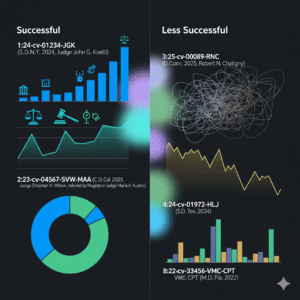 With Pre/Dicta’s machine learning, this analysis becomes routine, ingesting new matters, mapping them to historical analogs, and proposing staffing and fee structures consistent with predicted complexity.
With Pre/Dicta’s machine learning, this analysis becomes routine, ingesting new matters, mapping them to historical analogs, and proposing staffing and fee structures consistent with predicted complexity.
Budget Precision and Resource Allocation
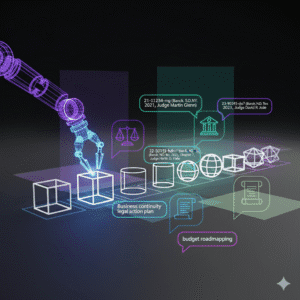
ML supports budgets aligned to predicted timelines and inflection points. Teams allocate based on phase duration, motion likelihood, and expected resolution windows. Workloads can be smoothed to avoid spikes, and leadership can manage portfolio cash flow with fewer surprises.
For in-house departments, this discipline scales: comparable matters receive comparable resourcing, and the organization gains a shared language for time, cost, and probability.
Case Study: Timeline-Driven Budgeting
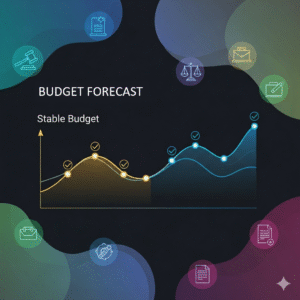
A logistics company used ML to project 421 days in discovery, ~212 days to resolve summary judgment, and ~118 days to trial. The GC phased outside counsel spend and internal staffing accordingly, reducing fee volatility and ensuring coverage at critical junctures. Forecasts became the budget, not the other way around.
Motion Strategy Optimization
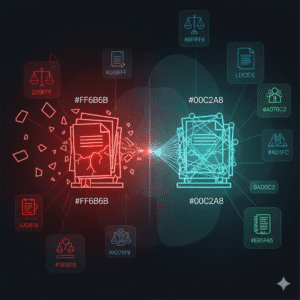
Prediction turns motion practice into portfolio management. Teams can identify when to press, when to conserve, and which arguments historically carry with the assigned judge. The aim isn’t to litigate less, it’s to litigate deliberately. Machine learning tools quantify the trade-offs so counsel can time pressure, sequence filings, and calibrate disclosures with intent.
The practical payoff: higher hit rates on the motions that matter, fewer dead-end efforts, and negotiations informed by credible odds rather than bluster.
Implementation Challenges and Best Practices
Great models under-perform in weak environments. Implementation quality determines ROI. Address these fundamentals first.
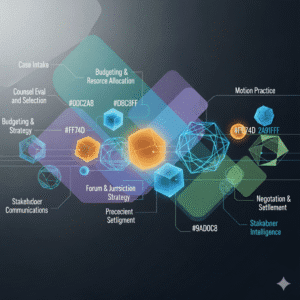
Data Quality and Governance
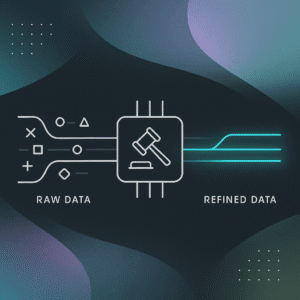 Models inherit the strengths and flaws of their data. Firms need disciplined ingestion, normalization, retention, and privacy controls, as well as recurring validation of training sets and outputs. Establish governance early: what data enters, how it is labeled, who can access it, and how bias is monitored and mitigated.
Models inherit the strengths and flaws of their data. Firms need disciplined ingestion, normalization, retention, and privacy controls, as well as recurring validation of training sets and outputs. Establish governance early: what data enters, how it is labeled, who can access it, and how bias is monitored and mitigated.
Experienced data science consultants can help codify these standards and pressure-test datasets before models reach production use.
Organizational Change Management
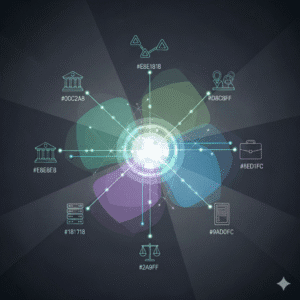 Adoption is a people problem as much as a technology one. Secure visible executive sponsorship, communicate clearly what ML will and won’t do, train users in both tools and interpretation, and stage rollout with crisp success metrics. Treat ML as a practice transformation program, not a software install.
Adoption is a people problem as much as a technology one. Secure visible executive sponsorship, communicate clearly what ML will and won’t do, train users in both tools and interpretation, and stage rollout with crisp success metrics. Treat ML as a practice transformation program, not a software install.
Momentum compounds when partners see wins: faster clarity at intake, fewer surprises in budget, cleaner motion sequencing. Share these proofs internally and reinforce behaviors that produced them.
Balancing AI and Human Judgment
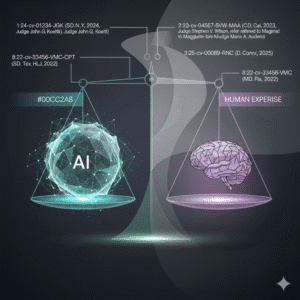 The best outcomes come from synthesis. Use ML to generate hypotheses and quantify scenarios; use lawyerly judgment to test relevance, ethics, and narrative fit. Define review points where human oversight is mandatory, compare predictions to results, and feed learning back into the models. Over time, both the system and the team get sharper.
The best outcomes come from synthesis. Use ML to generate hypotheses and quantify scenarios; use lawyerly judgment to test relevance, ethics, and narrative fit. Define review points where human oversight is mandatory, compare predictions to results, and feed learning back into the models. Over time, both the system and the team get sharper.
ML workflow optimization formalizes this partnership so AI augments, rather than obscures, professional judgment.
Measuring Success: Key Performance Indicators
What gets measured gets improved. Establish a scoreboard that captures both model performance and business impact.
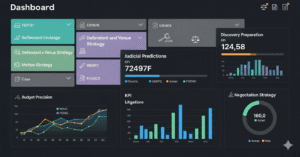
Prediction Accuracy
Track calibration (predicted vs. actual), confidence interval reliability, and motion/case types where signal is strongest. Over time, accuracy should improve as feedback cycles mature and training data expands.
Operational Efficiency
Measure research time saved, non-billable reductions, utilization improvements, and time-to-resolution deltas. Portfolio-level gains matter as much as matter-level wins.
Client Satisfaction and Business Development
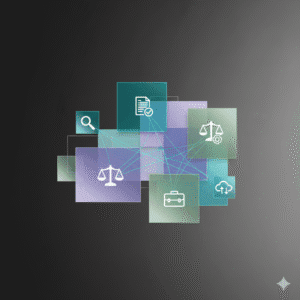 Monitor retention, expansion, fixed-fee adoption, and forecast accuracy perceived by clients. When predictions and timelines hold, trust compounds, and so does wallet share.
Monitor retention, expansion, fixed-fee adoption, and forecast accuracy perceived by clients. When predictions and timelines hold, trust compounds, and so does wallet share.
A standing review against these KPIs turns ML from an experiment into an operating advantage, guiding where to refine models, retrain users, and reinvest.
The Future of Machine Learning in Legal Practice
As models and integrations mature, three developments will define the next horizon and widen the gap between adopters and laggards.
Appellate Forecasting
Emerging systems estimate likelihood of appeal and reversal dynamics by issue, panel composition, and circuit culture. This informs settlement posture, preserves record with intent, and aligns trial strategy with potential appellate pathways from day one.
Enhanced Biographical Intelligence
Next-gen tools isolate how specific judicial attributes interact with specific fact/motion patterns. The goal is not caricature; it’s clarity, understanding how perspective shapes interpretation so arguments land where they should.
Integrated Workflow Systems
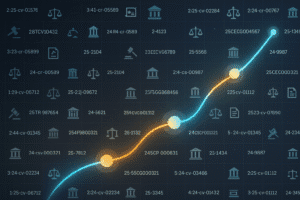
ML will increasingly live inside the stack: automated intake triage, dynamic staffing based on predicted complexity, proactive alerts for strategic opportunities, and knowledge sharing across practices. Insights will surface at the point of need, not in a separate dashboard that busy partners never open.
As enterprise automation deepens, ML will connect to DMS, billing, and CRM systems, producing richer, more contextual predictions, and creating a feedback loop that steadily improves them.
Conclusion: The Competitive Advantage of Machine Learning Integration

Machine learning, properly integrated, becomes a structural advantage. It clarifies outcomes, aligns resources to reality, strengthens client counsel, and reduces volatility. It does not replace legal acumen; it amplifies it, turning instinct into informed conviction.
The gap will widen between firms that operationalize ML and firms that don’t. The leaders will treat AI not as a novelty but as discipline, folded into intake, budgeting, motion practice, venue strategy, and client advisory. By pairing the pattern recognition of machines with the prudence and ethics of seasoned counsel, those firms will deliver sharper strategy and steadier results, case after case.
Integrate thoughtfully, measure relentlessly, and keep the human in the loop. In a competitive market, that combination, judgment plus quantified foresight, is the very definition of asymmetric advantage.
